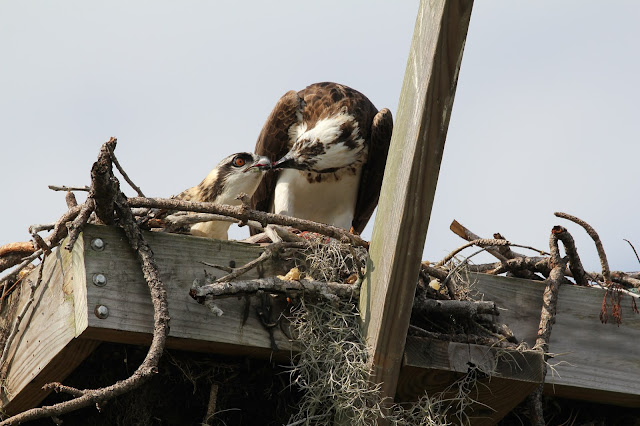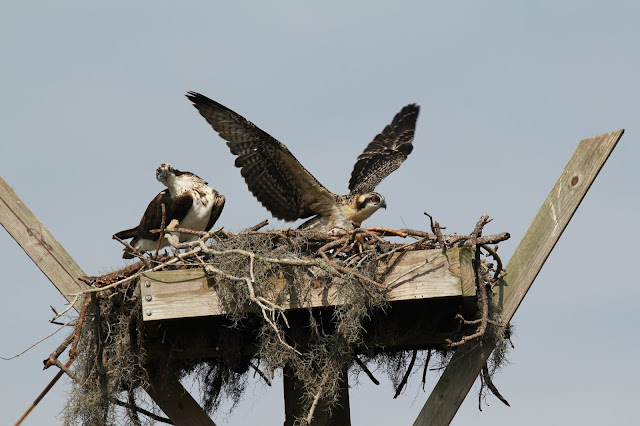Recently, we have had a couple questions regarding brown areas on the golf courses. The quick and easy answer is we really need some rain. The average rainfall for Fort Myers year-to-date is 7.5". We have received 2.4" so far this year at The Forest putting us at a 5.1" deficit. The U.S Drought Monitor listed us on April 6th as being "Abnormally Dry". Just a few miles south in Collier county, the same index lists an area as "Moderate Drought".
As turf mangers we try our best to be stewards of the environment and conservationists. We use our resources as wisely as we can. Being that we are in a drought we monitor our water situation on a daily basis to ensure that we have adequate water supply to last us through the season. Wetting agents have been applied to fairways and tees on both courses recently to help reduce water requirements by minimizing water repellency in the soil.
What does all this mean? After thinking about how to explain this, I searched and found a USGA article that sums it up much quicker than I could. Here it is:
Ever wonder why some patches of grass turn brown during summer while the surrounding grass stays
green? Grass can turn brown for many reasons, but one common cause is called localized dry spot.
Localized dry spots develop when the soil becomes water repellent. When water cannot wet the soil, grass
wilts and eventually turns brown. Although brown grass can be alarming, playing conditions can still be
great.
What causes localized dry spots?
Under certain conditions – e.g., typically hot, dry weather – a waxy coating can form around soil particles.
When this happens, water reacts with the soil much like it does with wax paper – it beads up and does
not penetrate. Once this waxy coating is present, it is very difficult to get water to penetrate the water-repelling soil.
Why does this happen to certain areas and not others?
In addition to the weather, a few other factors influence the development of localized dry spot:
• Soil type – Sandy soils are most likely to develop localized dry spot. Putting greens and tees are
often constructed out of sand which increases their susceptibility to localized dry spot. Also, sandy
soils are common throughout many coastal golf courses.
•Irrigation quantity – Superintendents work hard to provide firm playing conditions. This often
means that grass needs to be relatively dry, increasing the likelihood of localized dry spot.
• Thatch – Grass with excess thatch – i.e. organic matter – is more likely to develop localized dry spot.
What can Superintendents do to correct localized dry spot?
First, it is important to recognize that localized dry spot most frequently forms on golf courses that are
maintained to provide dry, firm playing conditions. That said, localized dry spot is not always bad. Heavy
watering can prevent localized dry spot, but it is not recommended because it produces soft and wet
conditions, consumes excess water and puts the grass at higher risk for disease.
Superintendents core aerate and sand topdress throughout the season to control thatch and reduce the
likelihood of localized dry spot. To alleviate water-repellant conditions, wetting agents that closely mimic
the chemistry of soaps and detergents can be applied so water can penetrate the soil.
Although brown spots that develop because of localized dry spot can be unsightly, rest assured these
areas are nothing more than dry grass. Dry grass will typically play firmer than wet grass, so be on the
lookout during your next round.







